The Continuum of Ownership demonstrates how learners move from compliance to autonomy as they become responsible and drive their learning.
Get Started for FREE
Sign up with Facebook Sign up with X
I don't have a Facebook or a X account
 Your new post is loading... Your new post is loading...
 Your new post is loading... Your new post is loading...

Lon Woodbury's curator insight,
August 17, 2015 9:46 PM
What a concept. Find a way to unleash the curiosity and passions of each student. -Lon 
Debra Walker's curator insight,
August 20, 2015 3:34 PM
I was fortunate in primary and secondary school. I had empassioned teachers and administrators, and a family that supported and fostered my curiosity and a healthy respect for learning. Not all have that fortune. 
Antonia Rudenstine's curator insight,
September 23, 2015 8:54 AM
Peter Hutton desgined and runs a school in which students make the most important decisions about their learning: what to study, when and with whom. There are no grade levels, no "periods" in the day, and the staff is co-hired with students. It's been incredibly successful!

Antonia Rudenstine's curator insight,
September 18, 2013 8:18 AM
There isn't much text to accompany this graphic, but the graphic does a great job of helping us see the need for creating an ecosystem for personalization: it can't be achieved through a 1:1 relationship between a teacher and a student, let alone through a 1:25 relationship of a teacher in a class with 25 students. It requires a complete reconceptualization of roles and relationships.

Angie Tarasoff's comment,
August 20, 2012 8:34 PM
I wonder if there isn't another stage here - or maybe it's not on the continuum at all, but somewhere else: interdependence.
I'm starting to think we don't typically learn anything independently - but through interactions with other people, or the knowledge someone else has created. 
Barbara Bray's comment,
August 20, 2012 11:27 PM
Angie - Yes! You are right - interdependence. How to collaborate and work in teams. There is a large push to create independent learners and expert learners. Now you have me thinking.
|

Mel A Az's curator insight,
March 8, 2016 11:46 PM
Brian shares how he transformed his classroom to a learner-centered environment and what happened in the process with his learners. Here is a glimpse of his journey: "As teachers, it is difficult to let go of control and to let our learners find the best ways for them to achieve content and curriculum goals. To be clear, our role in the classroom needs to change, and I think the trend in education is moving the correct direction--achieving and creating a learner-driven, personalized atmosphere is the key. Providing learners with the tools to succeed should be the goal, and we should focus on allowing them to use those tools in the way that works best individually. Instead of providing the blueprint for learners to achieve a goal, educators should be allowing and guiding them in designing, developing, and implementing their plan for accomplishing it. When this happens, drastic changes take place regarding engagement in our classrooms and ownership of learning appears, leading to a higher level of achievement." 
Gust MEES's curator insight,
May 14, 2016 9:16 PM
One of the most difficult parts of our jobs as educators is to create a learning environment where our learners are engaged and meet content and curriculum goals. From my experience, the single most important challenge that needs to be addressed to earn engagement in our classrooms is to develop a culture of learner autonomy--allowing and encouraging learners to take control of their own learning. There are many barriers that we, as educators, must work to clear in order to create a strong culture that allows our learners to feel comfortable with working toward a common goal in the way that works best for them.
Learn more / En savoir plus / Mehr erfahren:

Barbara Bray's curator insight,
January 5, 2014 10:47 PM
2014 is the year for Personalized Learning to take center stage in national and international discussions. The buzz is out. Yet, the information around personalized learning is still confusing. This new year will be the year that defines the term where we focus on the learner first. 
Mickey Gast's curator insight,
February 11, 2014 7:48 PM
What personalized learning is and how it can be optimized. Now that learning is available to "the masses", what is preventing "the masses" from taking advantage of learning opportunities? 
Don Breedwell's curator insight,
March 26, 2014 8:47 PM
I like to see good change and this looks like the right direction. Going to make the changes in vocabulary now. |




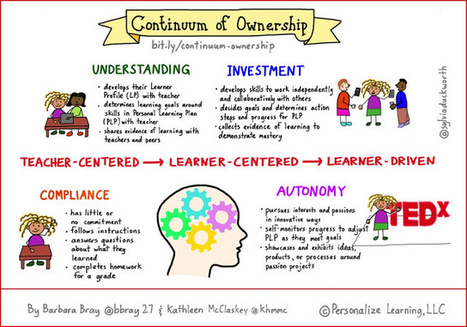

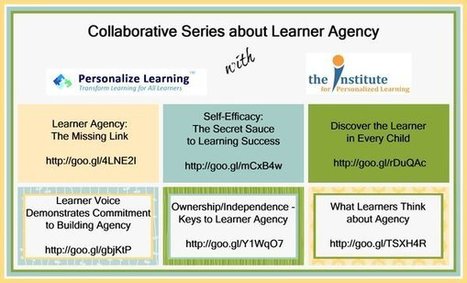
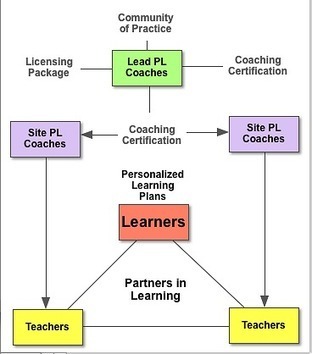


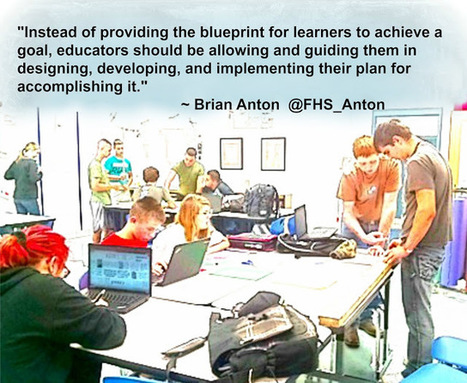

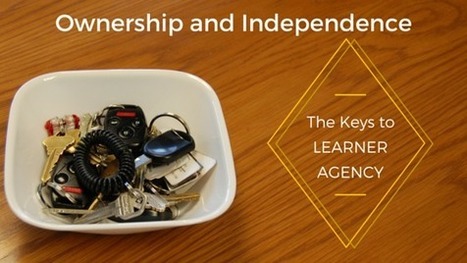








Introducing the Continuum of Ownership. Discover how learners can move from compliance to autonomy.
- it leads to greater engagement and intrinsic motivation for them to want to learn,
- learners setting a higher challenge for themselves,
- learners evaluating their own work, and
- better problem-solving skills.
- See more at: http://www.personalizelearning.com/2016/04/continuum-of-ownership-developing.html#sthash.eafidPQo.dpuf